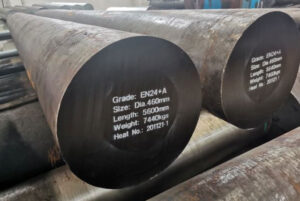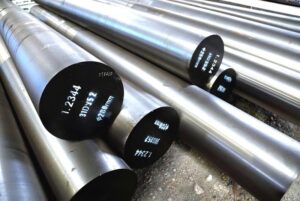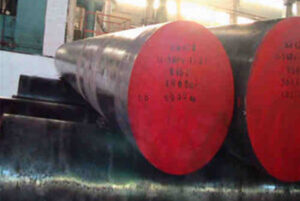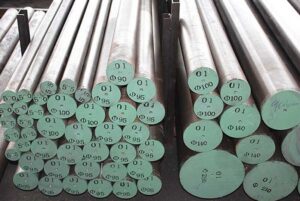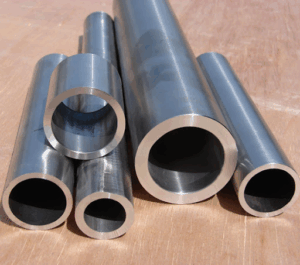Steel is one of the most versatile materials known to man, and among the various types, ASTM A213 steel stands out for its unique properties and wide range of applications. In this article, we will dive deep into what makes ASTM A213 steel so special. We’ll cover everything from its chemical composition to its mechanical properties, applications, and more. So, whether you’re a seasoned engineer or just curious about materials science, stick around for a comprehensive, engaging exploration of ASTM A213 steel.
Overview of ASTM A213 Steel
ASTM A213 steel is a specification that covers seamless ferritic and austenitic alloy steel boiler, superheater, and heat-exchanger tubes. This steel type is designed to withstand high temperatures and pressures, making it ideal for use in critical applications in power plants, petrochemical industries, and more.
Key attributes of ASTM A213 steel include:
- High resistance to oxidation and corrosion
- Excellent mechanical properties at elevated temperatures
- Versatility in various industrial applications
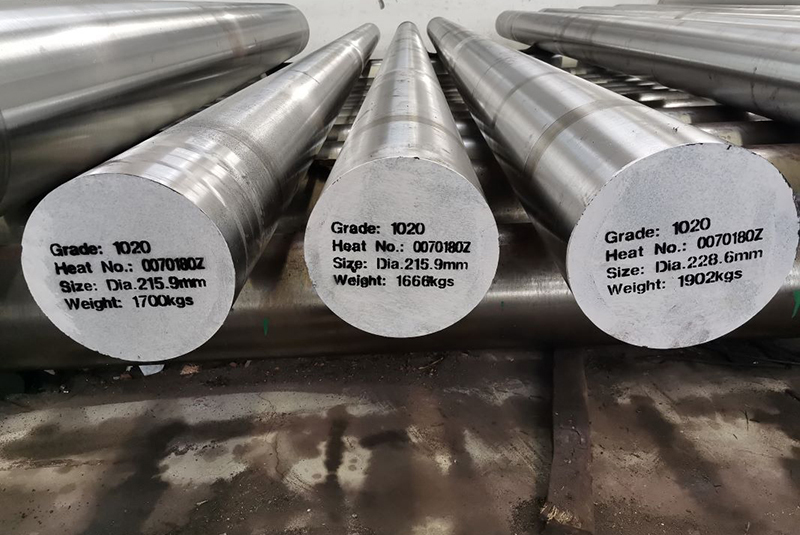
Chemical Composition of ASTM A213 Steel
The chemical composition of ASTM A213 steel is meticulously formulated to provide the desired mechanical properties and resistance to high temperatures and corrosive environments. The exact composition can vary slightly depending on the specific grade, but here is a general overview:
| Element | Composition Range (%) |
|---|---|
| Carbon (C) | 0.08 – 0.15 |
| Manganese (Mn) | 0.30 – 0.60 |
| Silicon (Si) | 0.50 max |
| Chromium (Cr) | 18.0 – 20.0 |
| Nickel (Ni) | 8.0 – 10.0 |
| Molybdenum (Mo) | 2.0 – 3.0 |
| Phosphorus (P) | 0.045 max |
| Sulfur (S) | 0.030 max |
This balanced composition provides ASTM A213 steel with its robust performance characteristics.
Mechanical Properties of ASTM A213 Steel
The mechanical properties of ASTM A213 steel are essential to its performance in high-stress environments. Below is a table summarizing these properties:
| Property | Value |
|---|---|
| Tensile Strength (MPa) | 485 min |
| Yield Strength (MPa) | 275 min |
| Elongation (%) | 30 min |
| Hardness (Brinell, HBW) | 200 max |
| Impact Resistance (J) | Varies by grade and temperature |
Heat Treatment of ASTM A213 Steel
Heat treatment processes are crucial for developing the desired mechanical properties in ASTM A213 steel. Here is an overview of the typical heat treatment methods applied:
| Heat Treatment Method | Description |
|---|---|
| Annealing | Heating to 1040°C (1904°F) followed by cooling in air or controlled atmosphere. |
| Normalizing | Heating to 900°C – 950°C (1652°F – 1742°F) followed by air cooling. |
| Quenching and Tempering | Austenitizing at 1000°C (1832°F), quenching in water or oil, followed by tempering at 540°C – 680°C (1004°F – 1256°F). |
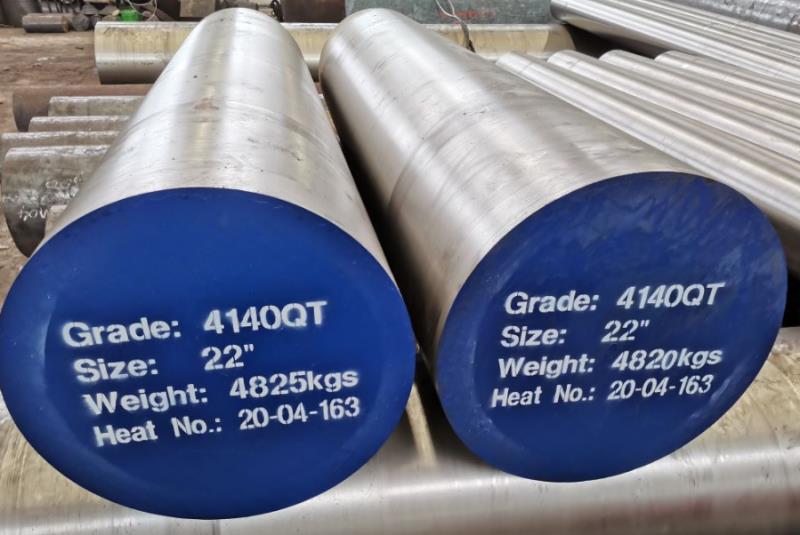
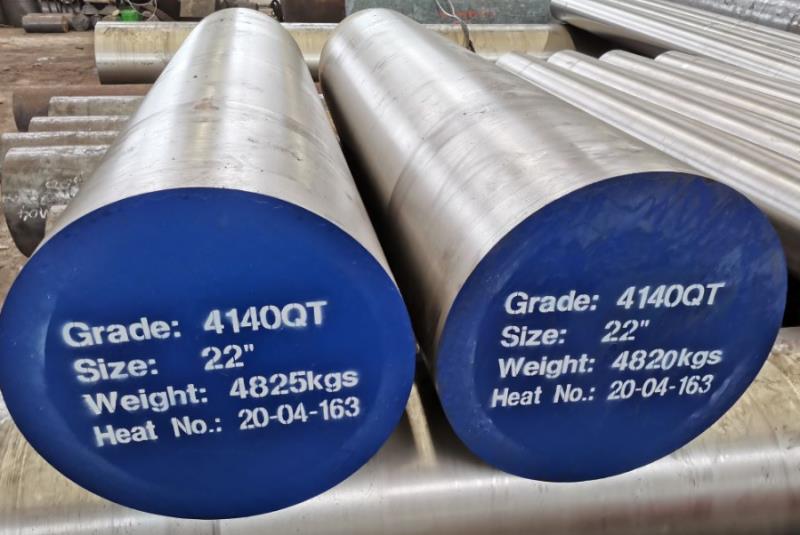
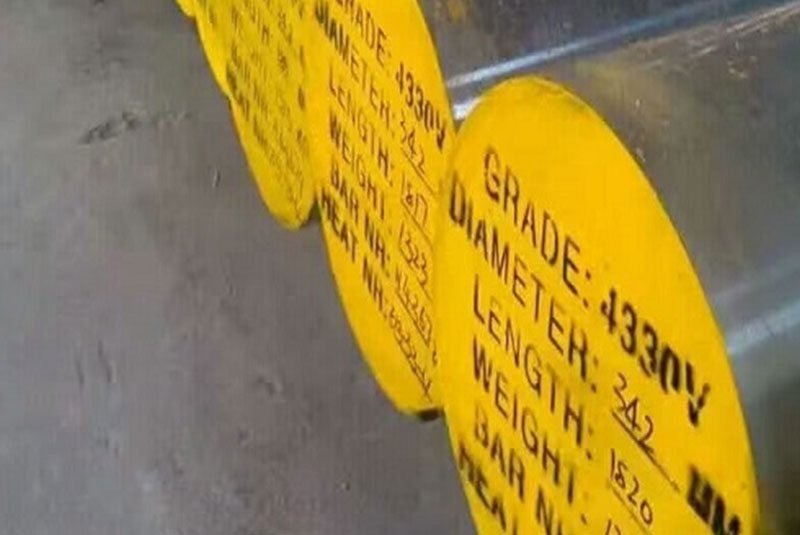
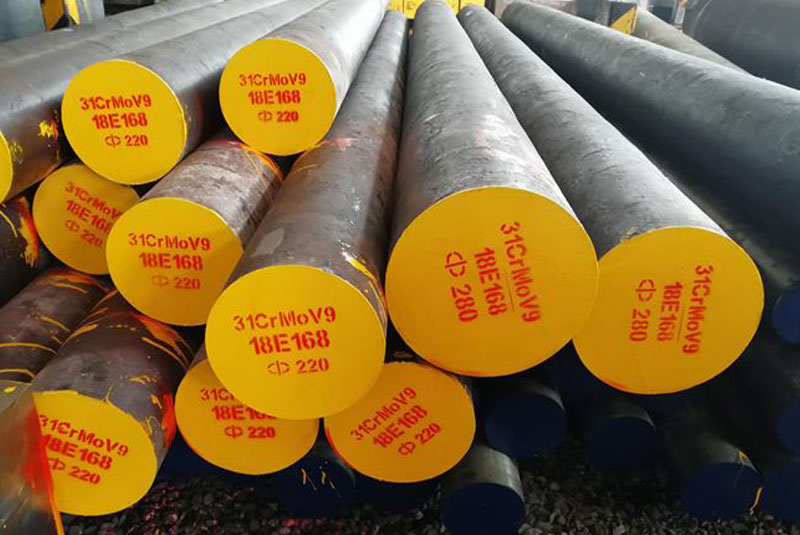
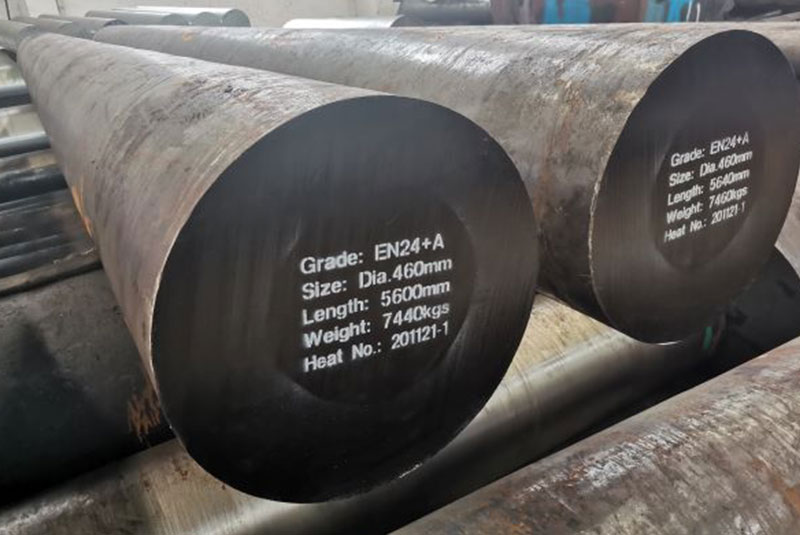
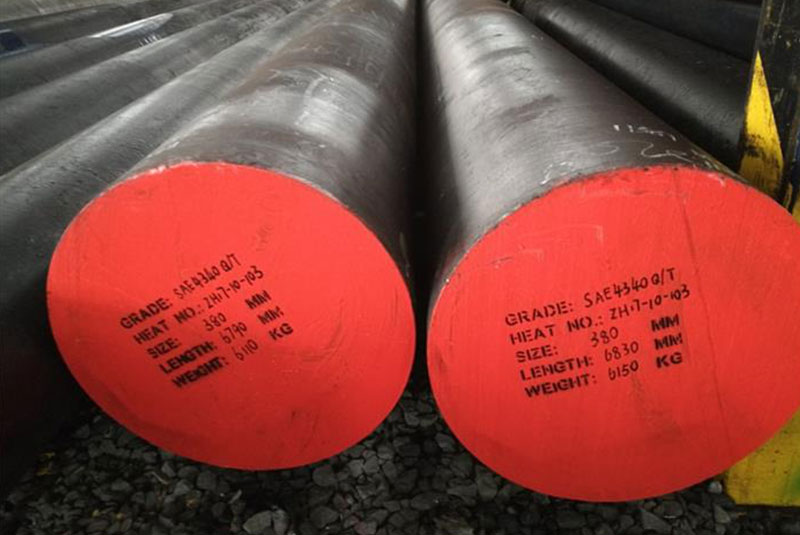
Applications of ASTM A213 Steel
ASTM A213 steel’s unique properties make it suitable for various high-stress and high-temperature applications. Here are some common uses:
| Industry | Application |
|---|---|
| Power Generation | Boiler tubes, superheater tubes |
| Petrochemical | Heat exchangers, process piping |
| Aerospace | Engine components, turbine blades |
| Automotive | Exhaust systems, catalytic converters |
| Industrial Manufacturing | High-temperature furnaces, reactors |
Suppliers and Pricing Details of ASTM A213 Steel
The pricing of ASTM A213 steel can vary based on market conditions, order quantity, and specific grade requirements. Here is a snapshot of some suppliers and approximate pricing:
| Supplier Name | Location | Approximate Price (per kg) |
|---|---|---|
| Steel Dynamics Inc. | United States | $3.00 – $3.50 |
| ArcelorMittal | Global | $3.20 – $3.70 |
| Nippon Steel | Japan | $3.50 – $4.00 |
| Tata Steel | India | $2.80 – $3.30 |
| Baosteel | China | $2.90 – $3.40 |
Advantages and Disadvantages of ASTM A213 Steel
Understanding the pros and cons of ASTM A213 steel can help in deciding whether it’s the right material for a specific application.
| Advantages | Disadvantages |
|---|---|
| High temperature and pressure resistance | Higher cost compared to some other steels |
| Excellent corrosion and oxidation resistance | Requires precise heat treatment processes |
| Versatility in various industrial applications | Limited availability in some regions |
| Strong mechanical properties | Heavier than some alternative materials like aluminum |
Comparisons with Other Steels
ASTM A213 steel versus other common steel types can provide a clearer picture of its unique benefits.
ASTM A213 Steel vs. ASTM A106 Steel
| Property | ASTM A213 Steel | ASTM A106 Steel |
|---|---|---|
| Temperature Resistance | Higher | Lower |
| Corrosion Resistance | Higher | Lower |
| Mechanical Properties | Better at elevated temperatures | Sufficient for lower temperatures |
| Cost | Higher | Lower |
ASTM A213 Steel vs. Stainless Steel 304
| Property | ASTM A213 Steel | Stainless Steel 304 |
|---|---|---|
| Temperature Resistance | Higher | Lower |
| Corrosion Resistance | Comparable | Comparable |
| Mechanical Properties | Superior at high temperatures | Adequate for most applications |
| Cost | Higher | Lower |
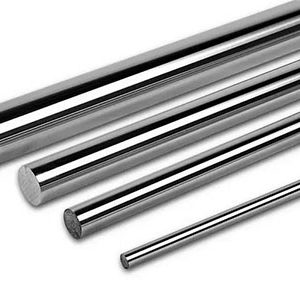
FAQ
| Question | Answer |
|---|---|
| What is ASTM A213 steel used for? | It is used for high-temperature boiler, superheater, and heat-exchanger tubes. |
| How does ASTM A213 steel compare to other steels? | It offers better high-temperature and corrosion resistance but at a higher cost. |
| What are the mechanical properties of ASTM A213 steel? | It has a tensile strength of 485 MPa, yield strength of 275 MPa, and elongation of 30%. |
| Can ASTM A213 steel be heat treated? | Yes, it can undergo annealing, normalizing, and quenching and tempering. |
| Where can I buy ASTM A213 steel? | Major suppliers include Steel Dynamics Inc., ArcelorMittal, Nippon Steel, Tata Steel, and Baosteel. |
| What are the disadvantages of ASTM A213 steel? | It is more expensive and heavier compared to some alternative materials. |
Conclusion
ASTM A213 steel is a high-performance material engineered for demanding applications involving high temperatures and pressures. Its unique combination of mechanical properties, corrosion resistance, and versatility makes it a preferred choice in several industries, including power generation, petrochemical, aerospace, and automotive. While it may come at a higher cost, its benefits in critical applications often justify the investment. Understanding its chemical composition, mechanical properties, heat treatment processes, and applications can help you make an informed decision about whether this material meets your specific needs.
Remember, when it comes to materials, choosing the right one is crucial for the success and longevity of your projects. ASTM A213 steel could be just what you need for that next high-stress, high-temperature application.

